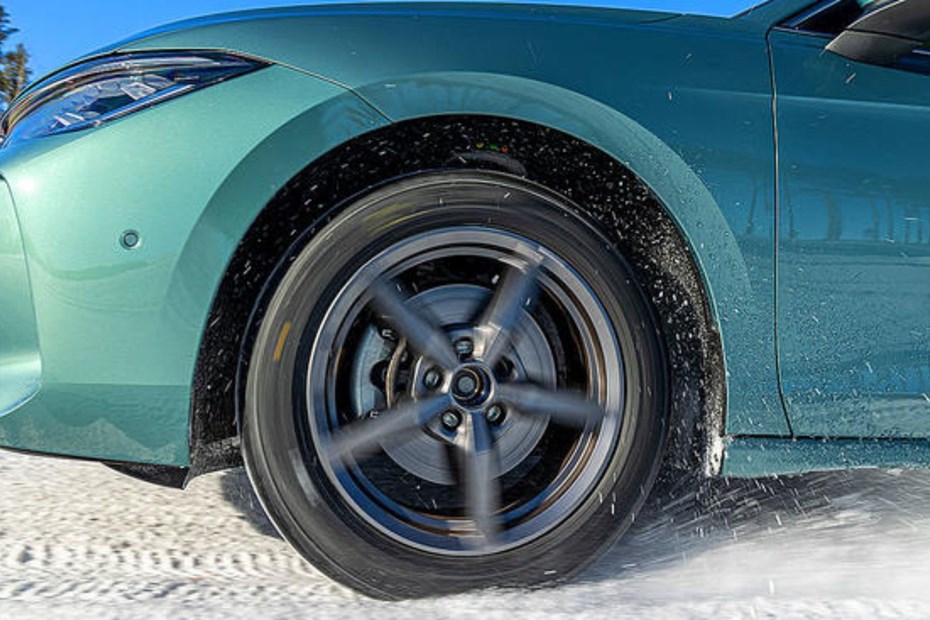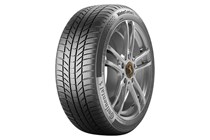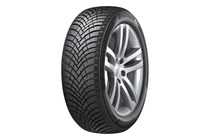In the quest to find the best tyres through the thorough, real-world testing undertaken by our sister publication, Auto Zeitung in Germany, we can report the best-performing winter tyres for 2025. But first, some questions to answer. Winter tyres are not off-road tyres with massive tractor-like treads. Winter tyres are designed to work in low temperatures and over a range of surfaces, be that wet roads, dry roads, or ice and snow-covered roads.
Winter tyres achieve this by containing more natural rubber and are made from a lower compound (i.e. are softer) than normal tyres. This lets them stay supple and, well, rubbery when temperatures drop below 7 degrees Celsius. Normal summer tyres become harder and less grippy below this temperature.
The best winter tyres at a glance
If you inspect a winter tyre, you can see the difference between it and a regular tyre: it has more little grooves in it called sipes to help warm them up and provides increased tread. The downside of winter tyres compared to regular ones is that they do not perform as well in milder temperatures.
How we tested winter tyres
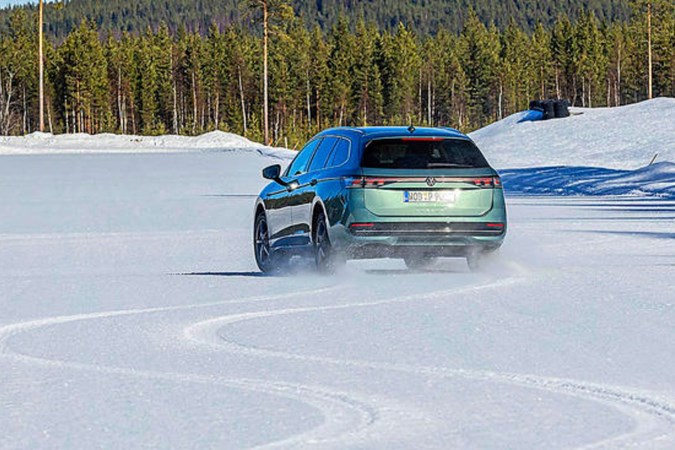
All tyres were bought anonymously from independent retailers; there was no help from manufacturers. Each tyre was examined through several driving manoeuvres at the limit on snow, wet, and dry surfaces, both with and without ESP stability control engaged. This shows how a tyre performs during a spontaneous evasive manoeuvre.
The snow performance of each tyre was tested in Sweden at the Sottozero Center, while the wet and dry aspects of the tyre test was carried out in Hanover at the Contidrom – Continental’s test track. All tyres were 215/55 R17 size fitted to a Volkswagen Passat Variant 2.0 TDI SCR. This size was chosen due to its popularity, as it is common on cars like the Citroën C3, Kia Niro, and Suzuki S-Cross. Tyres’ comfort properties were subjectively evaluated, and rolling resistance was tested for each tyre.
The best winter tyres 2025
The best winter tyre 2025
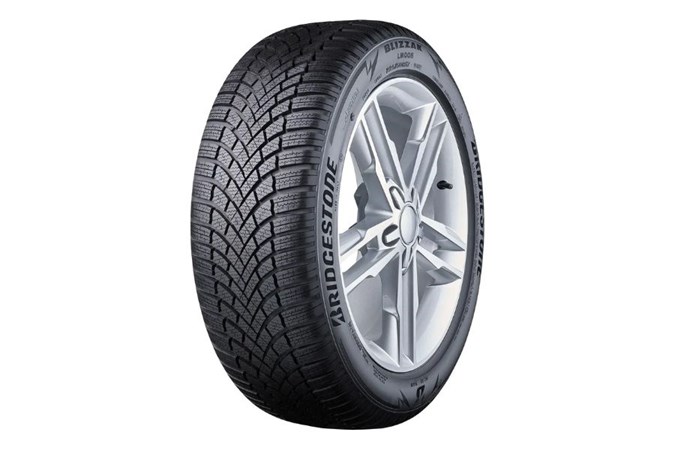

Auto Zeitung rankings
Snow 136/150
Wet 141/150
Dry 105/150
Total 382/450
Pros
- Best wet performance
- Good rolling comfort
Cons
- Feedback could be better
Editor's pick
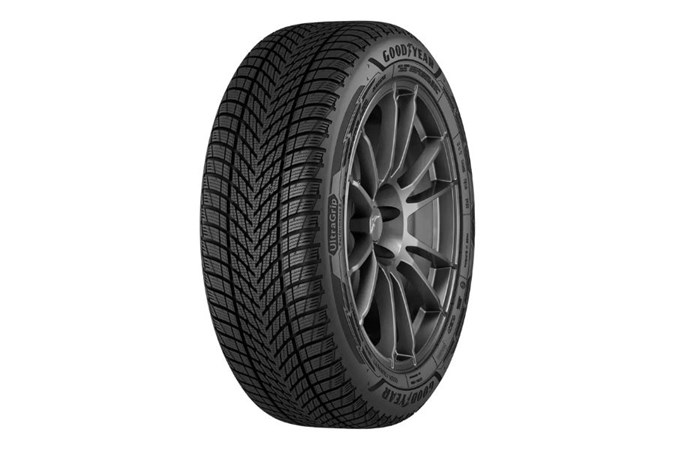

Auto Zeitung rankings
Snow 146/150
Wet 122/150
Dry 110/150
Total 378/450
Pros
- Impressive performance on snow
- Short dry braking distance
Cons
- Other tyres are better in the wet
Best for fuel efficiency


Auto Zeitung rankings
Snow 129/150
Wet 129/150
Dry 114/150
Total 372/450
Pros
- Good wet performance
- Short dry braking distance
Cons
- Could be better in snow
Best for driving in snow
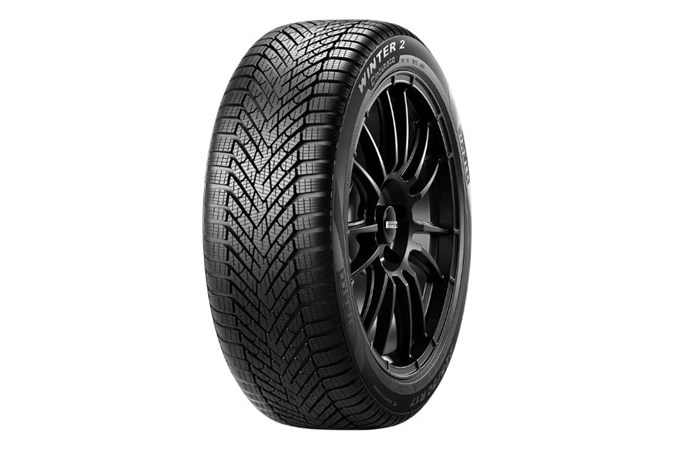

Auto Zeitung rankings
Snow 147/150
Wet 128/150
Dry 94/150
Total 369/450
Pros
- Best snow performance
- Good feedback
Cons
- Long wet braking distance
Best for protection against aquaplaning


Auto Zeitung rankings
Snow 135/150
Wet 120/150
Dry 101/150
Total 356/450
Pros
- Protection against aquaplaning
- Decent snow performance
Cons
- Not great feedback
Best for all-round performance
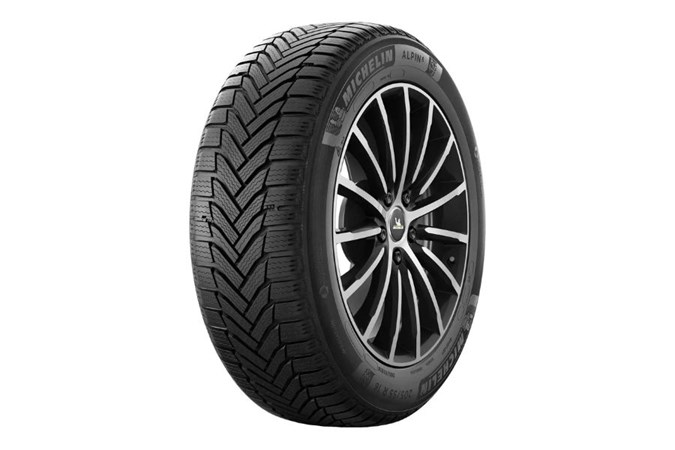

Auto Zeitung rankings
Snow 142/150
Wet 114/150
Dry 92/150
Total 348/450
Pros
- Good all-rounder
- Good traction on snow
Cons
- Long dry braking distance
Recommended for general winter driving
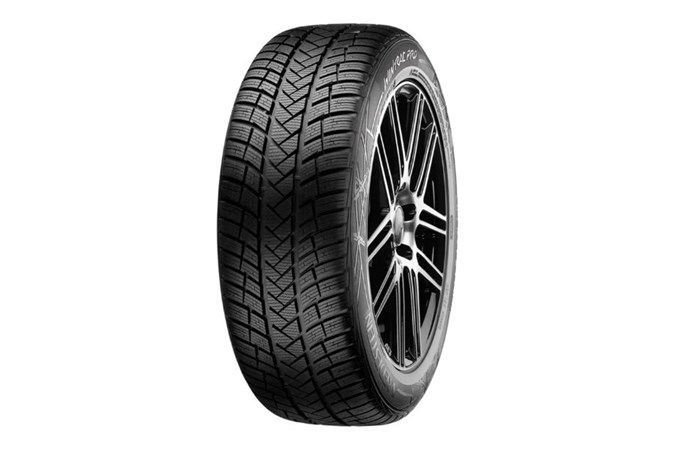

Auto Zeitung rankings
Snow 139/150
Wet 102/150
Dry 98/150
Total 339/450
Pros
- Ideal for snow
- Comfortable
Cons
- Understeer in wet conditions
FAQs about winter tyres
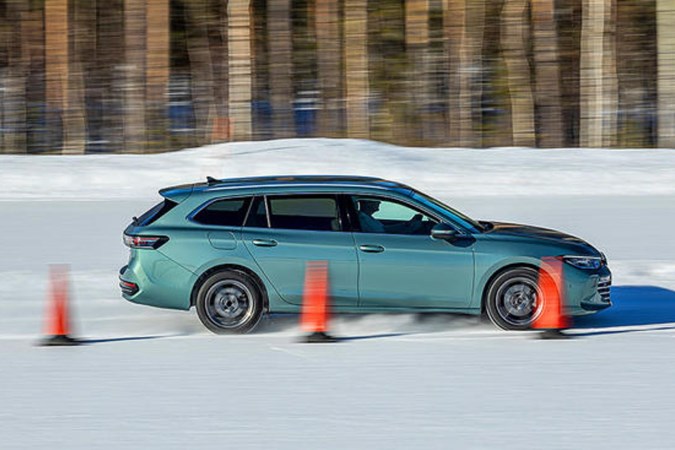
Should you buy winter tyres?
Winter tyres certainly offer better performance (a two-wheel-drive car with winter tyres is likely to perform better than a four-wheel-drive one without) and, therefore safer driving. However, the cold weather in which they excel is not guaranteed in much of the temperate UK. What’s more, while the grip is improved, handling does suffer somewhat, as does ride and comfort.
Ultimately, it’s a question of budget and storage space. If you can afford both, winter tyres do a lot to keep you mobile if a nasty Arctic snap blunders into your neck of the woods. If you can’t, consider snow chains. Where winter tyres work in any cold conditions, snow chains are for snow only. So they aren’t as widely useable but they are much more affordable.
How are winter tyres designed?
Official labels on tyres categorise efficiency, wet grip for braking, and rolling noise, and are represented by letters. Auto Zeitung tested a range of parameters, including deceleration, traction, steering precision and driving stability on various surfaces and under the same parallel conditions. Comfort and resistance to aquaplaning (when the tyre floats on standing water, losing grip) were also tested.
Designing a winter tyre that can excel in every discipline is quite a challenge. Tyre makers have to juggle compound, tread design and overall construction to find the elusive sweet spot where the rubber can cut through ice and slush, find grip in all conditions – whether slippery or dry – and serve up ride comfort and peace and quiet for drivers. On top of this, tyres must also last a long time and not disintegrate when the temperature climbs.
All these different requirements conflict with each other. If you improve a tyre’s efficiency, for example, grip in wet conditions decreases. If you reduce the profile depth to gain steering precision, the tyre will float faster. If you design more slats in the profile to improve grip on snow, dry grip suffers. Designing all-rounders is extremely difficult, and all-season tyres will never compete when it comes to snow driving.
How do I find the correct tyres for my car?
Whatever online tyre retailer you wish to use, will have a search tool that allows you to filter the relevant tyre sizes, either by entering your car registration number or the tyre details. Amazon Garage is a great tool to search for tyres that are designed to fit your car, but if you’re wanting to look elsewhere then Kwikfit and mytyres.co.uk offer great resources.
Sign up to the Parkers Newsletter to keep up to date with more of the latest reviews, news, and recommendations from the Parkers team.
Just so you know, whilst we may receive a commission or other compensation from the links on this page, we never allow this to influence product selections – read why you should trust us.
Just so you know, we may receive a commission or other compensation from the links on this website - read why you should trust us.


